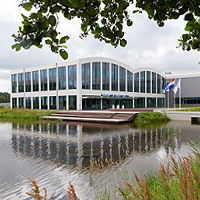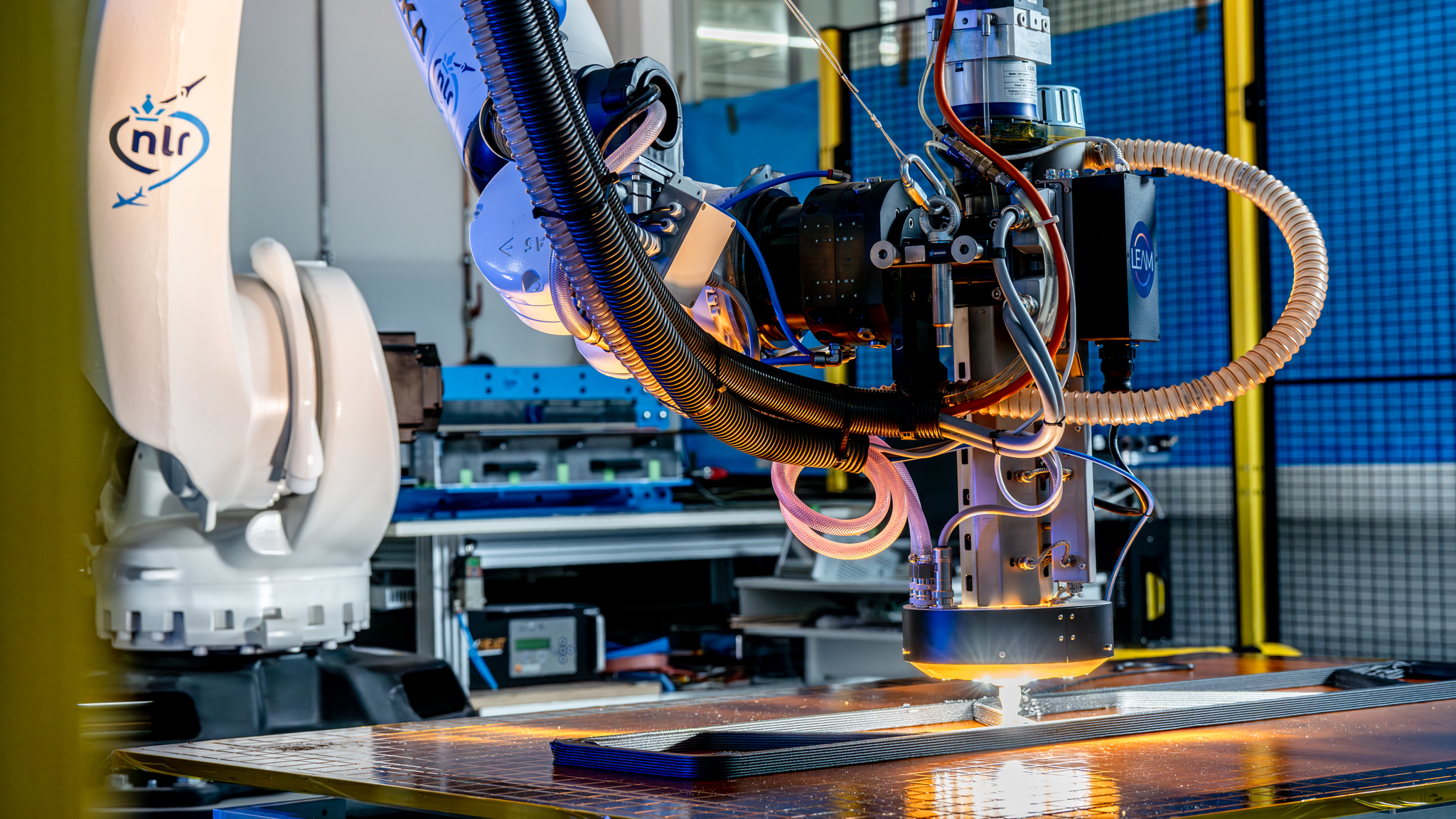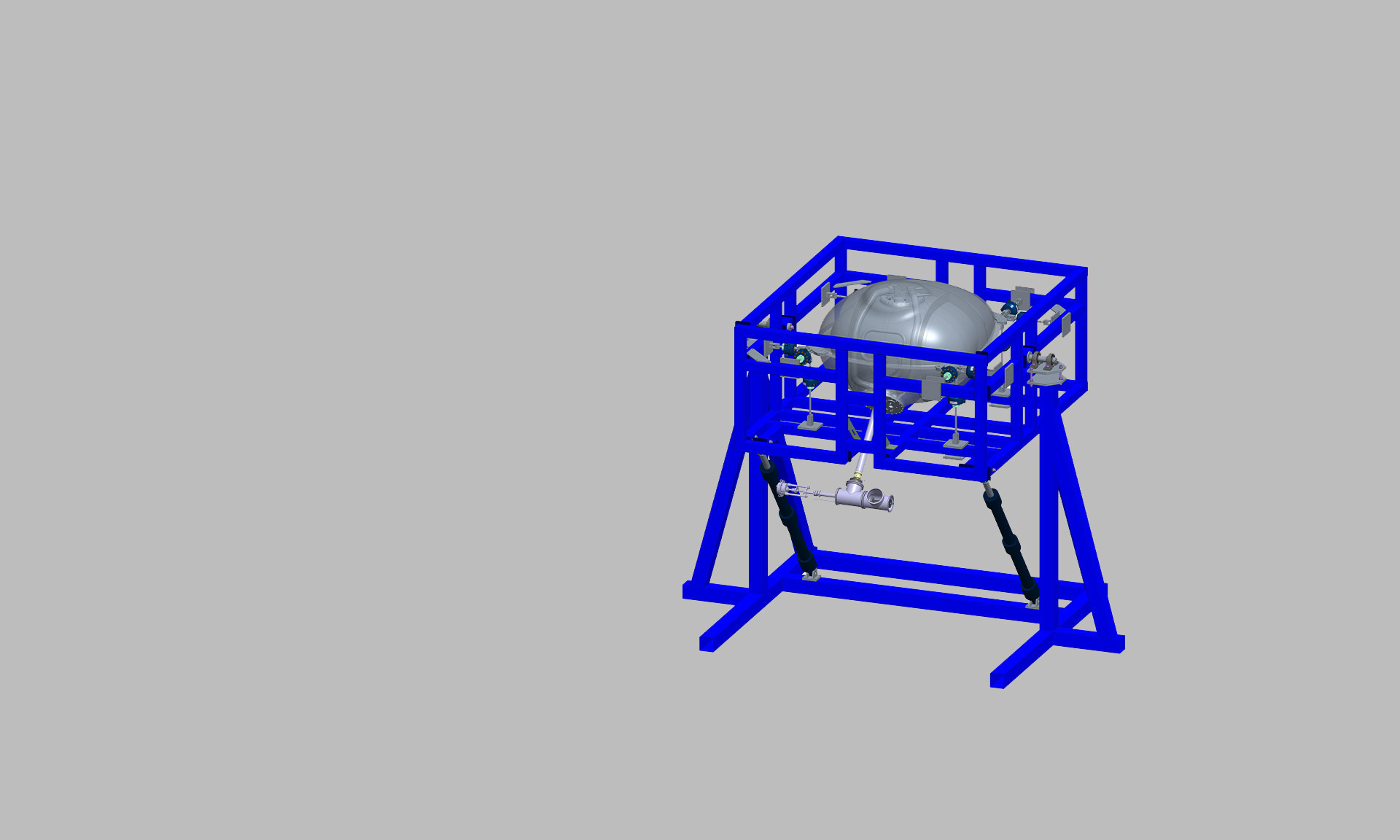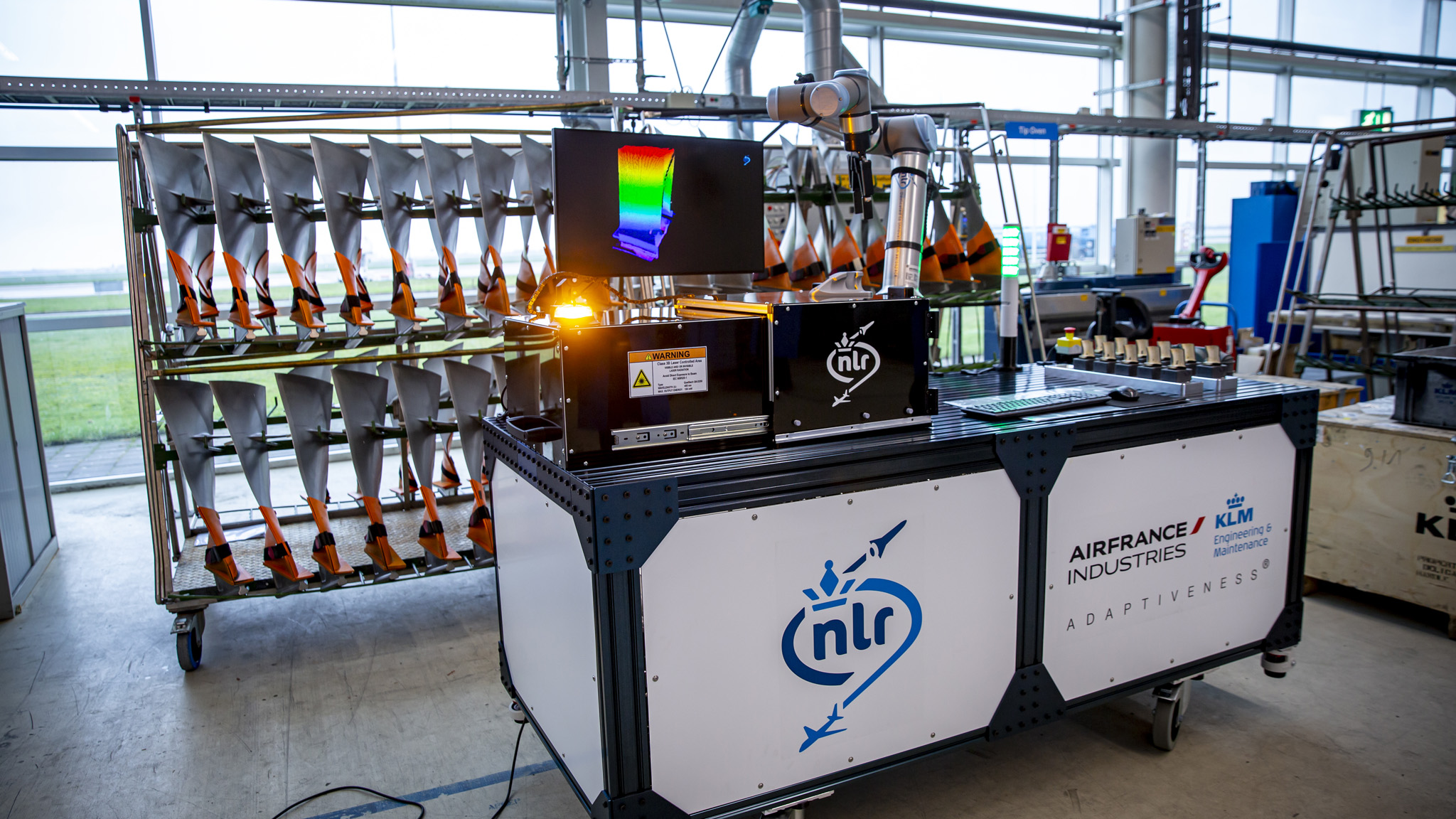Chromate containing dust can be found in aircraft and aircraft components and engines. It may or may not be recognisable by its yellow colour. The presence of chromate containing dust poses a health risk for mechanics and other people coming into contact with it. Therefore the questions where it originates from and how to mitigate the risk for personnel need to be answered for safe operation and maintenance of the aircraft.
The challenge
The health risk posed by chromate containing dust must be solved. To assess the present and future risk a number of questions needs to be answered:
1. Where is chromates containing dust found?
2. What is the origin of the dust?
3. Can the dust be cleaned sufficiently to solve the health risk?
4. What conditions result in the formation of chromate containing dust?
The solution
Analysis of the locations where chromate containing dust is found can provide information on the origin of the dust. Additionally the amount of chromates in the dust is relevant for the risk analysis. Cleaning procedures can be applied to remove the chromate containing dust, independent of whether the dust is found on the aircraft of on the engine. Additional laboratory experiments are performed to determine the conditions that allow the formation of chromates on several materials at elevated temperatures.
What did we do?
The presence or absence of chromates in the dust is shown with wipe tests that contain reagents that exhibit a fast colour change in the presence of chromates. The exact amount of chromates is determined for a selection of locations with laboratory analysis. The locations where chromates were found provided information about the origin of the dust.
The locations on the aircraft where chromates were found were first cleaned and then checked with the wipe tests to determine the effectiveness of cleaning. The results of the elevated temperature testing of materials to find the conditions for chromate formation in engines, enabled identification of locations of high risk for chromate formation.
Project partners:
Government: Netherlands Ministery of Defence
Industry : RPS, SEEF
Research organisation: Royal NLR




